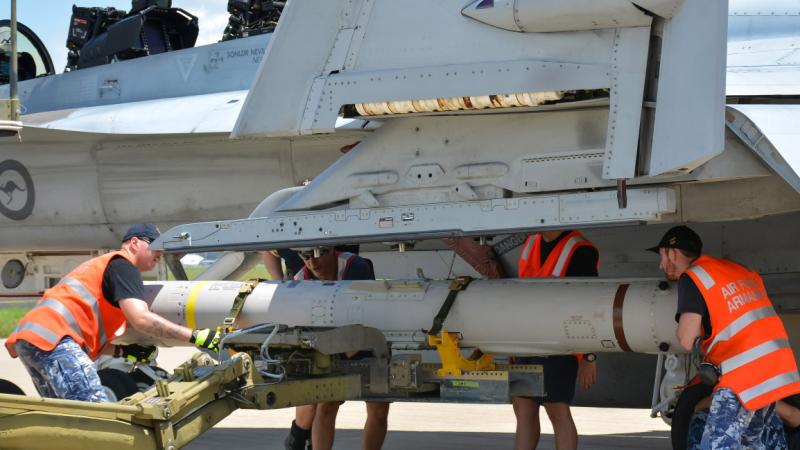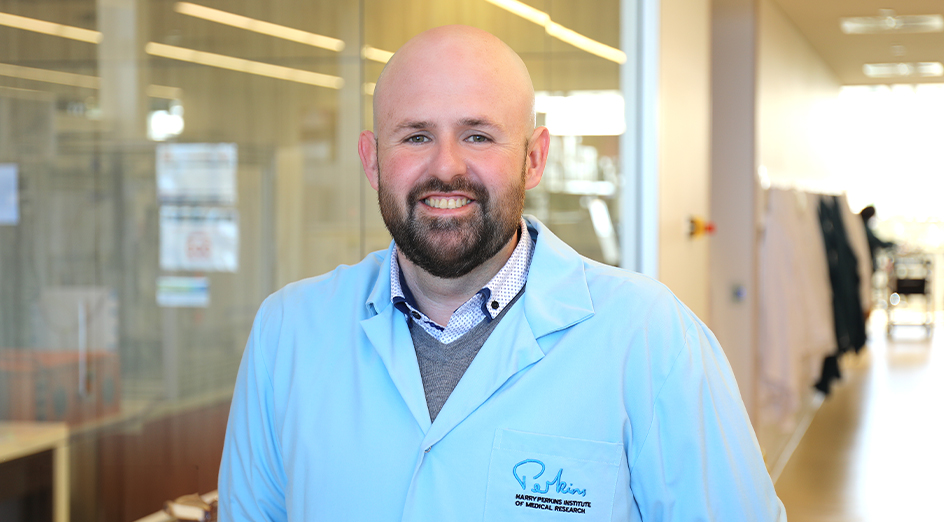Results at a glance:
- Queensland rural sentiment has lifted slightly in the latest quarter.
- Hopes of improved seasonal conditions among those with a positive outlook, however drought concerns still weighing on many in sector.
- Sugar sector leading driver of the uptick in sentiment.
- More of the state’s producers are looking to decrease investment in their farm businesses.
Signs seasonal conditions might be improving for the agricultural sector have helped fuel an uptick in confidence among Queensland’s primary producers in the fourth quarter of 2023.
The latest Rabobank Rural Confidence Survey, released today, found sentiment in the state’s rural sector has increased – albeit very marginally. While more Queensland producers expect the agricultural economy to worsen (49 per cent this quarter, compared to 45 per cent last quarter), this was offset by 19 per cent of producers now expecting the year ahead to improve (up from 13 per cent previously).
The improved confidence levels were shown to be largely fuelled by the state’s sugar sector, where sentiment showed an upturn.
Of those Queensland producers with a positive view, 43 per cent nominated a good seasonal outlook as a key reason for their optimism (up from 22 per cent in the previous survey).
However, a considerable number of the state’s producers were less optimistic about the weather outlook, with drought identified as the chief concern among those expecting the agricultural economy to worsen in the year ahead – nominated by 62 per cent (up from 30 per cent previously). Falling commodity prices were also a worry (for 53 per cent of producers expecting business conditions to deteriorate, up from 43 per cent previously).
Concern about interest rates and input costs, however, were shown to be easing.
The survey found just nine per cent nominating rising interest rates as a cause for their negative view (down from 21 per cent last quarter) and 19 per cent nominating rising input costs (decreasing slightly from 29 per cent last quarter).
Rabobank regional manager for Southern Queensland Brad James said anecdotally, there has also been a general lift in producer mood in recent weeks following “good storm rain” received in many parts of the state. “And this kick in confidence may not have been entirely captured during the period the survey was in the field,” he said.
“These early summer storms – while very useful – have been patchy. There are still areas in Queensland waiting for a break in the season.”
Mr James said the early start to the cyclone season – with Cyclone Jasper approaching the north Queensland coast – will hopefully bring some beneficial rain for producers in the north, without causing too much damage. “It is impossible to gauge the potential impact of the cyclone until it makes landfall, we hope people in the region have taken the opportunity to prepare and are able to stay safe,” he said.
The survey, completed last month, found sugar cane growers were the most optimistic producers in the state. There was a significant lift in sentiment from last quarter, when over half surveyed in the sugar sector had taken a pessimistic outlook for the year ahead.
“Globally, 2023 saw the sugar market hit its highest prices since 2011,” Mr James said. “Queensland growers have recorded very good yields and good sugar production during this year’s harvest. And it has been a ‘dry harvest’ in many cane- growing regions this year, meaning growers have been able to bring in their entire crops, and not be delayed or lose crops with wet weather conditions.”
Good seasonal conditions, strong commodity markets and the international economy were the key reasons behind sugar cane growers’ more positive outlook.
The view on the year ahead, however, was more negative among the state’s cotton growers this quarter.
“Irrigated cotton growers will be going into the next season with access to reasonable water allocations – topped up by the recent storm activity – giving those growers confidence to plan and prepare,” Mr James said. “Although it’s a different story for dry-land cotton growers, who have experienced a challenging season.”
Beef sector confidence in the state was also shown to have declined at the time of the survey, though recent rainfall and more positive price signals will likely have provided a boost to producers, Mr James said.
The survey found the number of Queensland beef producers expecting business conditions to deteriorate in the year ahead has climbed to 56 per cent (from 45 per cent the previous quarter) – with 18 per cent anticipating an improvement (albeit up from 15 per cent with that view last quarter). And 19 per cent of Queensland beef producers surveyed are expecting business conditions to remain unchanged.
Mr James said at the time the survey was taken, dry seasonal conditions followed by soft commodity prices were the chief concerns reported by the state’s beef producers.
“Queensland beef producers are hoping that they have reached the bottom of the market, with cattle prices finding a floor in October and beginning to pick up,” he said. “The November rain across the state and down into New South Wales has also helped lift cattle prices.”
The survey also indicated confidence had slipped back among the state’s grain growers.
Mr James said winter crops harvested through the Central Highlands region were “hit and miss” – with reports of some good wheat crops achieved in areas.
“Recent rain will provide the needed moisture profile for summer plantings in a lot of areas, but will be dependent on follow-up rain as the summer progresses,” he said.
Overall, this survey found Queensland producers are continuing with their strategy of “holding back” on investment plans for the coming year, with just under a quarter (24 per cent) planning to decrease spending in their agricultural businesses (unchanged from the previous quarter). The number planning to increase investment this quarter, however, has increased slightly to 20 per cent (from 17 per cent).
Of those Queensland producers who are looking to increase investment in their farming business over the next 12 months, 66 per cent are planning to spend on irrigation/water infrastructure, 55 per cent on on-farm infrastructure – fencing, sheds and silos – and 36 per cent on new plant/machinery.
Mr James said the combination of soft commodity prices and dry seasonal conditions across much of the state during the year has seen many producers take a “sensibly cautious” approach to investment.
The survey found debt levels are expected to rise, with 33 per cent of Queensland producers looking to increase debt, compared with 16 per cent in quarter three and fewer producers are looking to decrease debt levels (21 per cent this quarter, compared with 24 per cent previously).
Of those producers looking to increase debt, 51 per cent intend to allocate it to working capital (up from 29 per cent previously). And fewer Queensland producers expect to use their additional debt to purchase property (11 per cent this quarter, down from 16 per cent previously) and for on farm capital investment (30 per cent, down from 51 per cent).
“The tempo of the Queensland agricultural property market has certainly changed this year – possibly returning to a more sustainable pace,” Mr James said. “However, there is a strong underlying intention amongst many Queensland producers to continue to invest in the expansion and development of their businesses through property purchases.”
A comprehensive monitor of outlook and sentiment in Australian rural industries, the Rabobank Rural Confidence Survey questions an average of 1000 primary producers across a wide range of commodities and geographical areas throughout Australia on a quarterly basis.
The most robust study of its type in Australia, the Rabobank Rural Confidence Survey has been conducted since 2000 by an independent research organisation. The next results are scheduled for release in March 2024.







